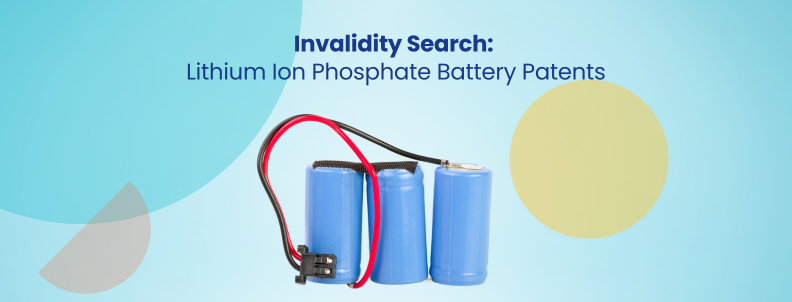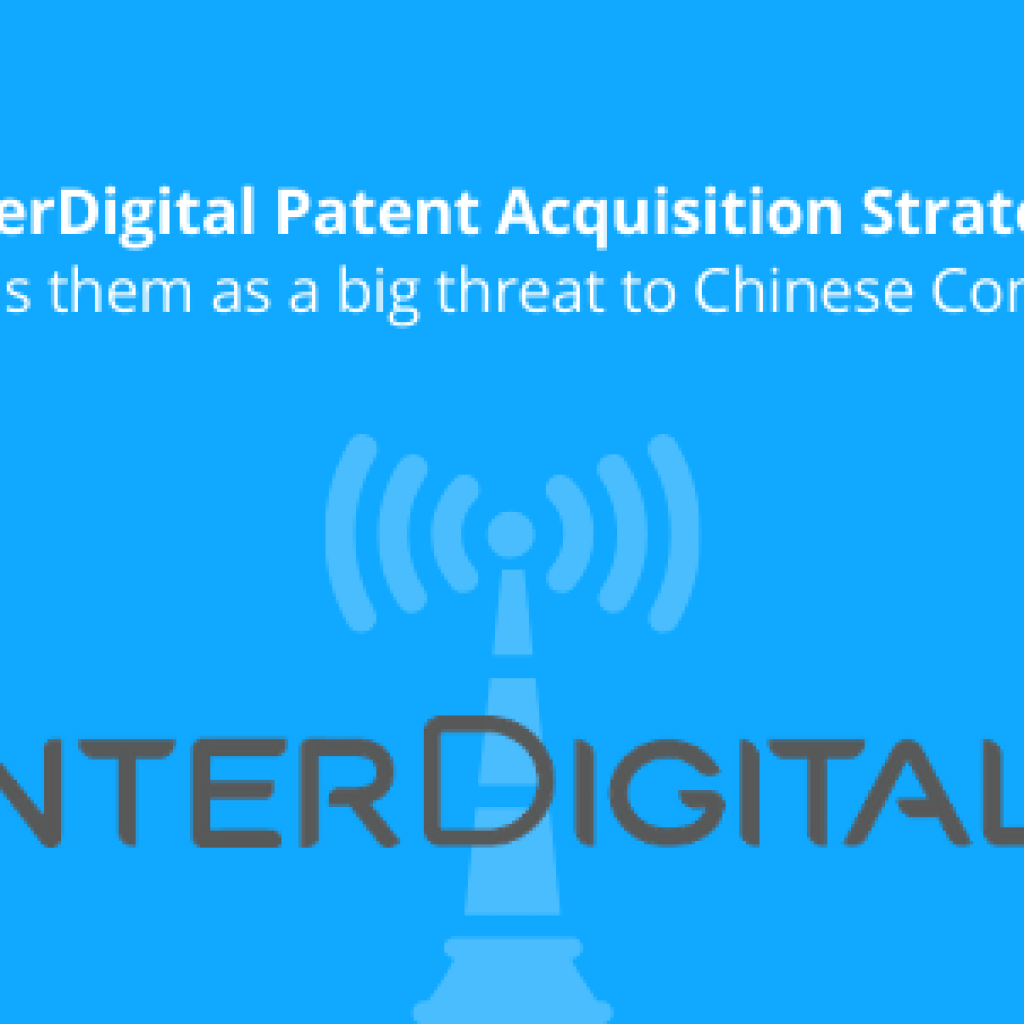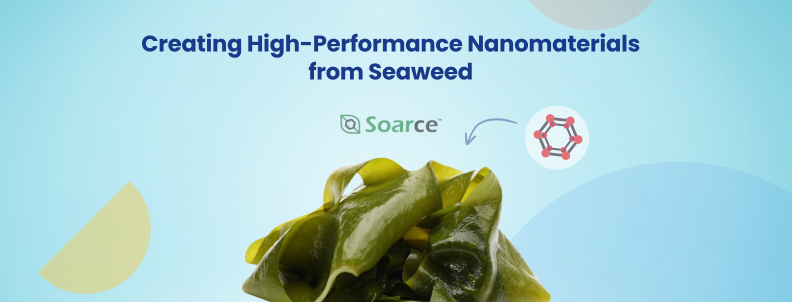As analysts, we often encounter a situation where a patent’s claims contain certain elements that appear to be designed as decoys. Their inclusion is intended to distract attention from other important aspects of the claim.
Recently, I was tasked with a patent invalidity search for a battery technology patent with such decoy claim elements.
But you know how they say you’re on the right path if you have already figured out the problem? Well, they are right. As soon as I figured out the decoys, I successfully navigated through them to crack the case.
This article addresses precisely how I did it, so if you’re curious to learn why this particular case became blog-worthy, keep reading.
A deeper dive into the patent in question
The patent discussed a battery-operated medical device wherein the device used a “Lithium Iron Phosphate” (LiFePO4) battery with a “Control Circuit” to improve its performance. The patent claimed to deliver a constant voltage, even after the battery had discharged by 80%. Furthermore, if the battery is rated 3 V at 100% capacity, owing to the control circuit, it should be able to deliver more than 2.75V at 20% capacity.
Claims concerning the discharge profile were drafted to showcase the efficient control circuit configuration that provides a constant voltage throughout the duration the device is operational. While the claims focused on the efficiency of the control circuit, the rationale for using the lithium iron phosphate battery remained unclear.
Falling prey to Decoy claim elements during the patent invalidity search
While reading the claim elements in the subject patent, the control circuit configuration caught my attention. The claim drafter had evidently placed significant emphasis on this aspect of the technology, which piqued my curiosity. I focused on unveiling a similar control circuit used in various battery-operated devices beyond the medical field (e.g., Cellular phones, Toys, GPS trackers, and even Electric vehicles).
While some interesting references using traditional search strategies were uncovered, such as analyzing the charge and discharge of mobile devices, they lacked the concrete evidence I sought.
The major challenge I faced was the specific values used in the patent to demonstrate the aforementioned discharge profile. To achieve a tier-1 result, I needed to locate a device that utilized a battery rated between 3-3.6V at 100% capacity. Furthermore, this device had to maintain a voltage draw of at least 2.75-3.35V at 20% capacity, corresponding to a voltage drop of no more than 0.25V.
The stringent nature of these specific values, defined in dependent and independent claims, made this patent a tough nut to crack.
I exhausted all traditional search strategies in hopes of finding some elusive reference to describe the desired discharge profile. However, the narrow range of specific values presented a unique challenge.
But it hit me during one of the brainstorming sessions with my mentors- Rechargeable Lithium-ion batteries are commonly used in electronic devices, so why would someone insist on using “Lithium iron phosphate” batteries in particular?
What if I am looking in the wrong direction? Could it be possible that the key lay not in the control circuit but in the choice of the battery itself?
It prompted me to reevaluate the way I had previously searched for prior art. So, if it’s the battery and not the circuit, I must explore the properties of LiFePO4 batteries in detail.
Changing the area of prior-art search
Realizing that the key to uncovering prior art might lie in the properties of LiFePO4 batteries, I redirected my efforts.
This change in approach led me to discover several promising leads, such as the detailed specifications of an IFR 14500 battery available on alibaba.com. But the quest didn’t end there.
The challenge of decoding exact values from a graph
Upon further research, I found one such Texas Instrument analysis for batteries where discharge profiles of hundreds of Lithium Ion batteries were available. However, the data I sought was presented in graphical form.
I faced the challenge of inferring exact values for the voltage drop across the 0% to 80% depth of the discharge range.
Decoding the exact values and locating the bang on prior art result
In this turn of events, ImageJ, an open-access image processing tool, came to the rescue. I had learned to use it during college and previously utilized it to calculate particle sizes for images acquired through electron microscopy, relying on the provided scale. Little did I know that this invaluable knowledge would prove crucial during my work at GreyB.
With the Y-axis divisions as my reference, I carefully measured the distance from the top dashed line (corresponding to the voltage output at 100% capacity) to the bottom dashed line (representing the voltage output at 20% capacity). These measurements allowed me to establish the scale for the graph.
By precisely determining this scale, I could calculate the voltage drop when the battery was 80% discharged—a critical component in my pursuit of tier 1 results.
Step 1: I drew a straight line between two points on the graph with a known distance. Using the analyze option, I calibrated the scale based on the measurement of 1 division on the Y-axis, corresponding to 0.5V. This step ensured that subsequent measurements would be accurate and reliable.
Step 2: Next, I drew a straight line between the two points for which I wanted to determine the distance and pressed ctrl+M. As a result, ImageJ provided me with the voltage drop measurement between those points.
Voila!
Through this process, I successfully deduced the exact value of the voltage drop from full capacity to an 80% discharge, obtaining a precise result of 0.224V. These deduced values aligned perfectly with the discharge profile described in the target patent, ultimately proving immensely valuable to our client.
While dealing with patent invalidity search cases, each project comes with its own challenges and brings an opportunity to push our brains to devise out-of-the-box strategies. At GreyB, we do not restrict ourselves or settle for half-cooked solutions, and when a project is about more than regular search strategies, tricks like the one in this article greatly assist in finding bang-on prior art results.
However, why just read about our expertise when you can experience it first hand
Authored by: Sumit Singh, Prior Art Team
Edited by: Annie Sharma, Editorial Team











